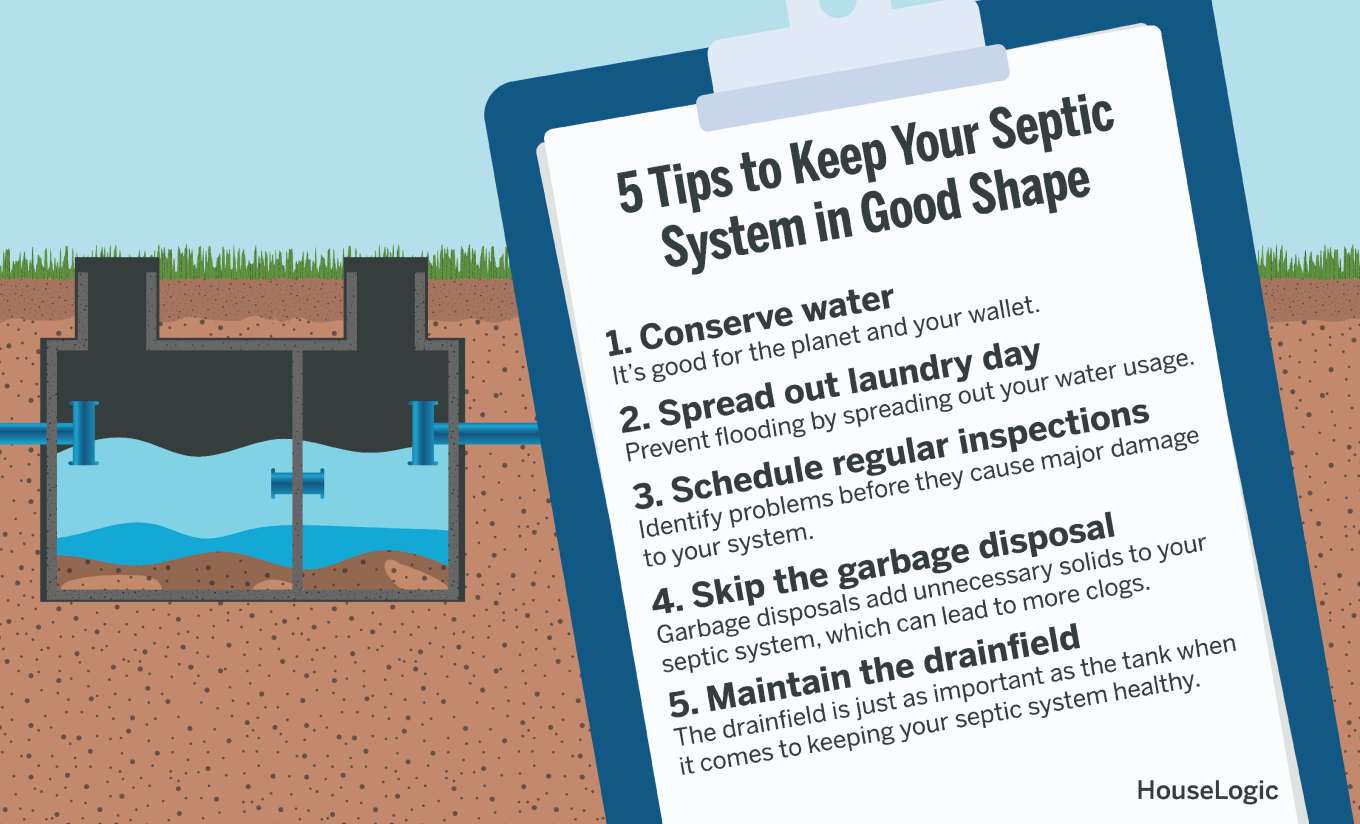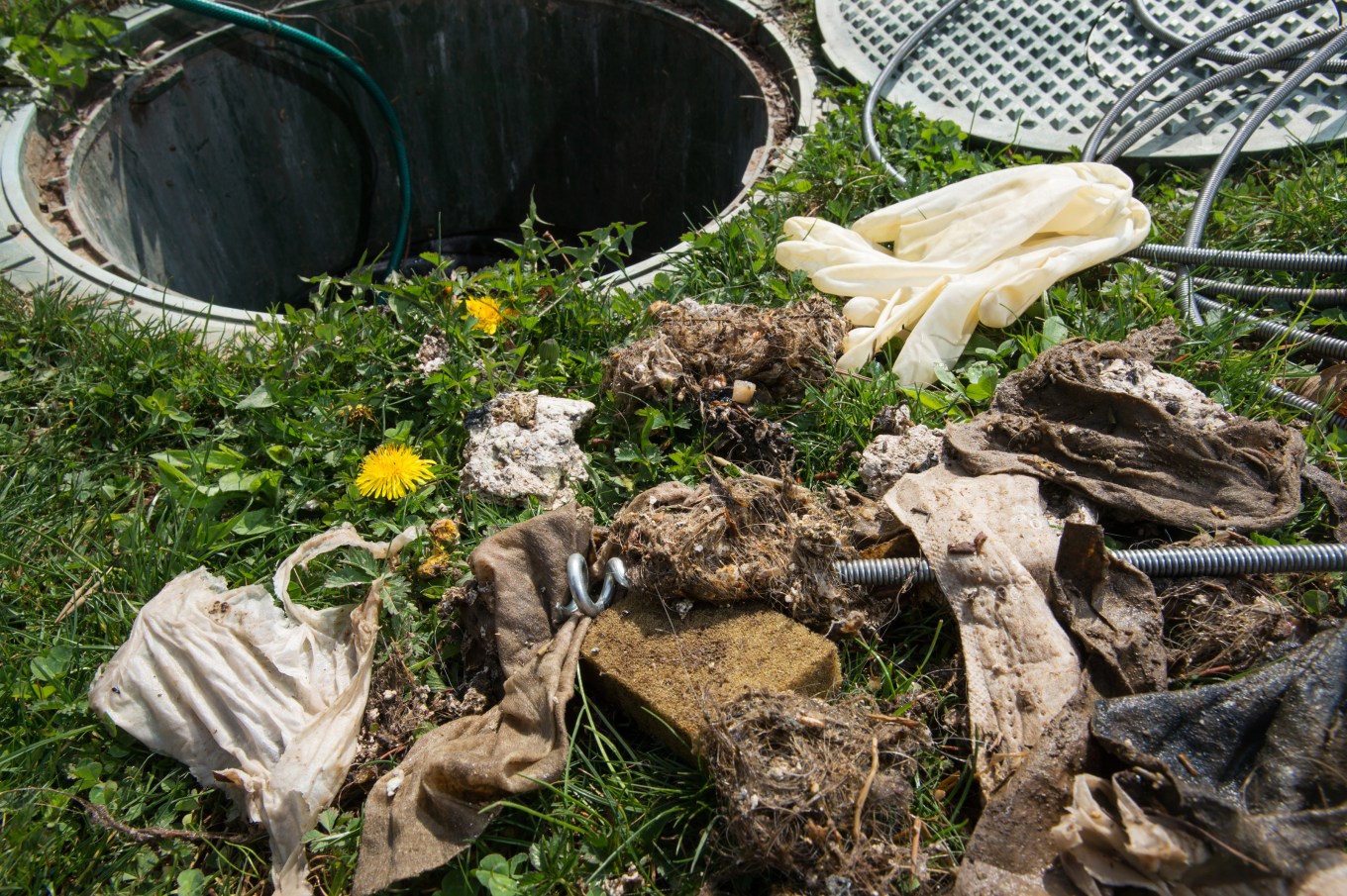Septic tank pumping is a crucial maintenance task for your home and can keep you from dealing with stinky smells and toilet troubles. Understanding the basics of septic tank care is key to maintaining a functional and efficient system. This guide provides an overview of septic tank pumping, including what you need to know from the costs and procedures and how often to have your tank pumped, so your system will stay in tip-top shape.
How Does Septic Tank Pumping Work?
Think of your septic tank as a hardworking, underground hero that quietly manages your home's waste day in and day out. Septic tank pumping involves removing the accumulated sludge from the bottom of the tank using a vacuum truck. Glamorous, right?
This process helps prevent system backups, unpleasant smells, and potential groundwater contamination. A professional technician will locate and uncover your tank's access lids. Using a heavy-duty hose, they will vacuum out the contents of your tank. This includes all the solids that have settled at the bottom, the lighter scum floating at the top, and the liquid in between. The waste is then transported to a treatment facility, where it's processed and disposed of properly. It's a dirty job, but it's necessary to keep your household running smoothly.
How Often Should I Pump My Septic Tank?
It's typically recommended to pump your septic tank every three to five years, although the exact frequency depends on the size of your tank and household usage. If you have a big family or household, you might need to pump more frequently, since more people means more… well, contributions to the tank. Plus, consider usage patterns. Are you a laundry-loving home, and your dishwasher is running a marathon every week? Heavy water usage can mean more frequent pumping. If any of your sinks have a garbage disposal installed, that can also determine pumping frequency.
Septic System Maintenance Schedule
In general, it's a good idea to consider the following timelines in septic system maintenance:
| Septic System Maintenance | Schedule |
| Septic Tank Inspection | Every one to three years |
| Septic Tank Pumping | Every three to five years |
| Septic Tank Replacement | Every 30 to 50 years |
These are just guidelines; your septic system is as unique as your home, so keep an eye on it and adjust as needed. Remember, when in doubt, calling in the pros can save you from a stinky situation.
Signs It’s Time to Pump Your Septic Tank
Outside of your regularly scheduled septic maintenance, your septic system might tell you it needs a little help. A few signs indicate the tank needs to be pumped. Here's a quick rundown of the SOS signals your tank might send:
- Soggy lawn: Puddles in your yard when it hasn't rained? Your septic tank might be crying overflow.
- Gurgling pipes: The soundtrack of gurgling pipes isn't the next hit single; it's a sign your septic system is off-key.
- Slow drains: If your sinks and showers are taking their sweet time to empty, your tank might be whispering for help.
- Unpleasant odors: Catch a whiff of something foul in the yard? That's not just nature's perfume; it could be a septic flare signal.
Ignoring these signs could lead to a full-blown septic backup. So, keep an eye (and nose) out for them and maintain a good pumping schedule.
The Price Tag: Cost of Pumping a Septic Tank
The cost to have your septic tank pumped isn't as scary as you might think. On average, homeowners can expect to shell out $300 to $600 for regular maintenance septic pumping, though prices can sometimes be as low as $200 for a small tank (750 gallons) and as high as $700 for a larger tank (1,750 gallons.)

Aside from tank size, prices vary based on factors like location, and accessibility, so get a quote from a local service provider for accurate pricing.
Investing in routine pumping is a smart move for your wallet and your home's health. While the initial cost of preventive maintenance might make you wince, it beats the to repair or replace your septic system.
A Happy Septic System: Best Practices to Maintain a Healthy Septic System
Ready to keep your septic system well cared for? Follow these tips and avoid pitfalls to keep your household running smoothly.
5 Tips to Keep Your Septic System in Good Shape

Here are several best practices to keep your septic system functional.
- Conserve water: It isn't just good for the planet; it's a boon for your septic system, too. Less water means less strain, so fix leaky faucets and opt for water-efficient fixtures.
- Spread out laundry day: Doing all of your washing at once could overload your septic system. If you spread out your laundry into smaller loads throughout the week, you can avoid flooding.
- Schedule regular inspections: Septic professionals are essential to assessing tank conditions and identifying issues before they become major problems.
- Skip the garbage disposal: While garbage disposals can make kitchen clean up easier, they wreak havoc on your septic tank, adding up to 50% more solid matter. If you have a garbage disposal, use it sparingly at most to avoid creating clogs.
- Maintain the drain field: Keep your septic system thriving with drain field maintenance. The drain field is the part of the septic system where soil filters and cleans liquid waste to prevent pollution. Compacting the soil, using fertilizers, and saturating the drain field with water all reduce its efficacy. Marking the drain field can help you avoid missteps like driving over it, fertilizing the soil, or irrigating nearby. By paying attention, you may extend the lifespan of your system and prevent costly repairs down the road.
Common Pitfalls: What to Avoid for a Healthy Septic System

Now, let's flesh out what not to flush if you have a septic system.
- Non-biodegradable items. Think wipes, diapers, and the dreaded plastic. Avoid sending these items down the toilet at all costs. Keep coffee grounds, cat litter, and feminine hygiene products out of the drains, too.
- Grease and oils. They’re slick, but not in a good way. These can accumulate in their solid forms and narrow the lining of the pipes, slowing the flow of wastewater.
- Harsh chemicals. Bleach and heavy cleaners can wreak havoc on the microbial balance that keeps your septic system healthy. Follow your local guidelines for disposing of harsh chemicals to avoid issues.

Keeping Your Septic System Trouble-Free
A homeowner's journey through the world of septic tanks doesn't have to be murky.
With the insights and tips we've plunged into, you're equipped to navigate the costs, procedures, and scheduling of septic tank pumping with confidence. Remember, regular pumping and maintenance can help your system stay in good working order. So, keep an eye out for those telltale signs, and lean into professional help so your septic tank will give you years of trouble-free service.
